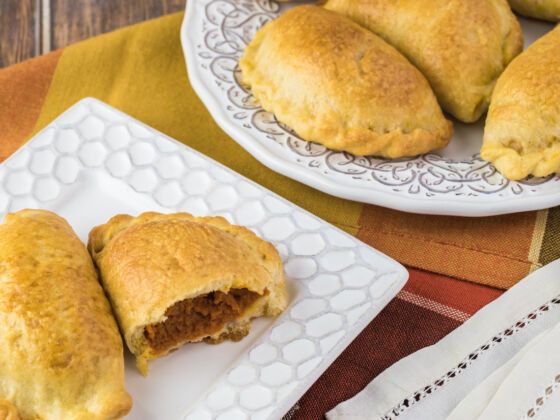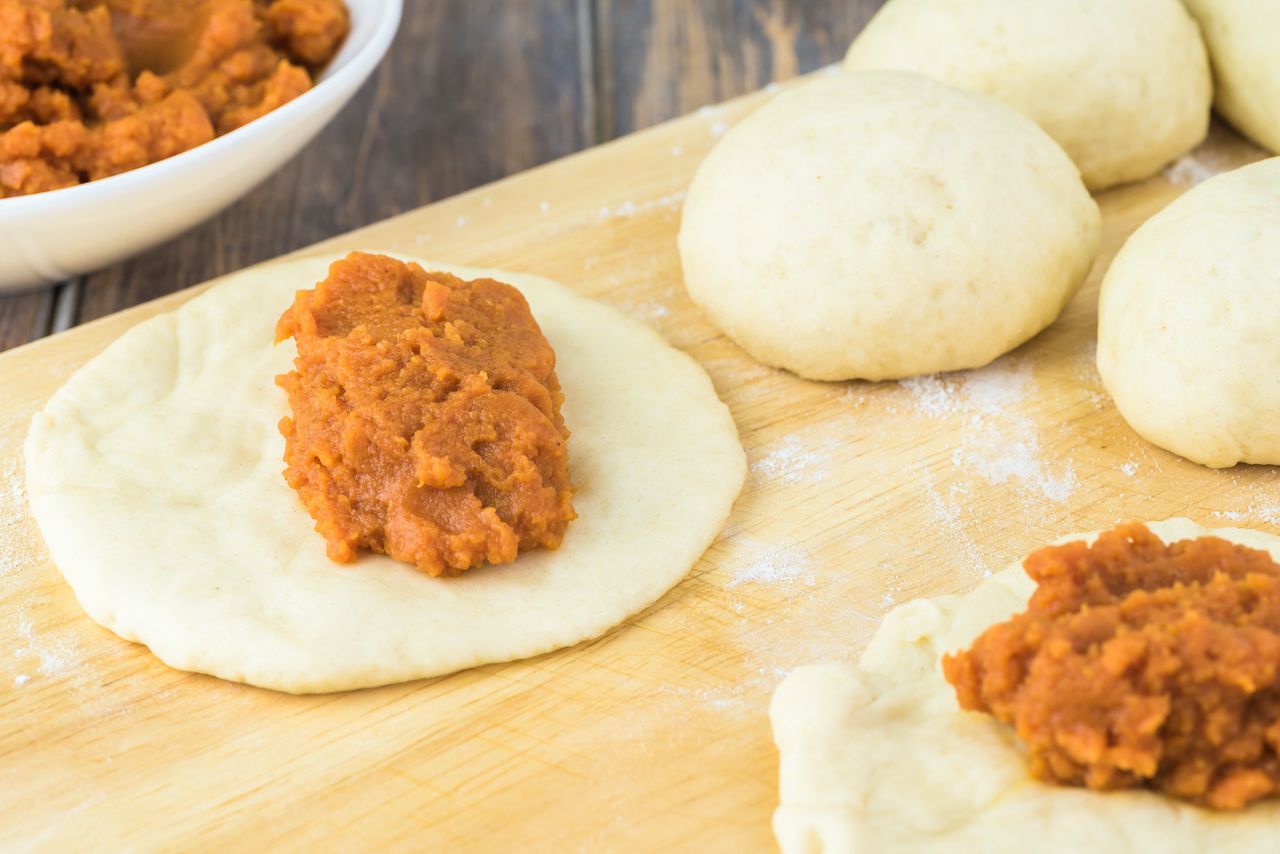For Sylvia Casares, the smell of pumpkin empanadas throughout the house in late fall is the smell of home. Casares grew up in Brownsville near the Texas and Mexico border, and her family’s pumpkin empanadas recipe was utilized every year growing up.
“Pumpkin empanadas are a recipe for homemade nostalgia,” Casares says. “These bring back fabulous memories of my mother and grandmother baking these when pumpkins were available, especially in November around Thanksgiving.”

